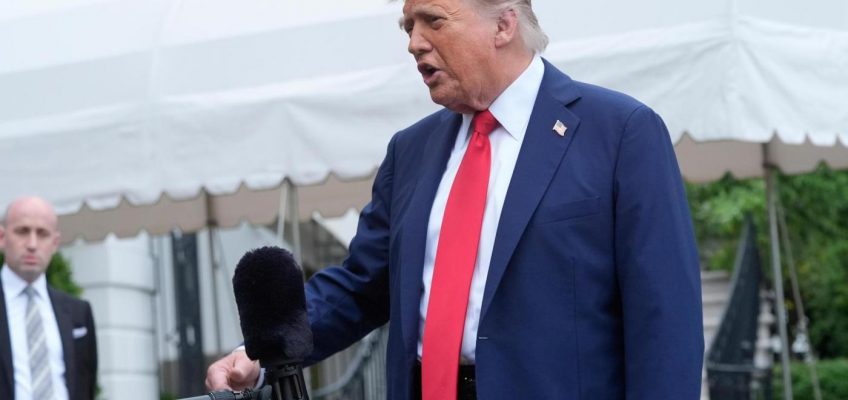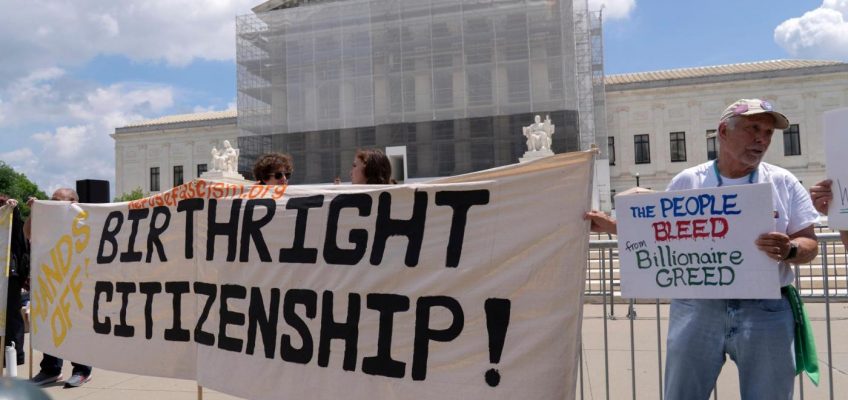GRAND MARAIS, Minn. — The imprisoned leader of a notorious polygamist sect fraudulently transferred $834,000 to his brother in an effort to hide the money from one of his victims.
That was the verdict reached Friday afternoon by a seven-member Cook County jury in a lawsuit brought against the fundamentalist Mormon leaders over a North Shore real estate transaction near Grand Marais several years ago.
The panel ruled in favor of Elissa Wall, who already holds a $10 million judgment against Warren Jeffs, the self-proclaimed prophet of the Fundamentalist Church of Jesus Christ of Latter-day Saints. Wall says she has yet to collect a cent on the 2017 Utah judgment.
The plaintiff and her attorneys successfully argued that the convicted child sexual abuser funneled assets to his brother, Seth Jeffs, who, in turn, purchased and sold the Cook County property.
Wall, who at 14 was forced to marry her cousin, has spoken out about sexual, physical and emotional abuse suffered within the cult. She is now an author, speaker and advocate for others attempting to leave the FLDS.
“I am deeply grateful to the Cook County jury for their dedication to civic duty,” Wall said in a statement. “This verdict brings a measure of accountability in a long and difficult fight for justice. It marks an important step toward challenging the structures and schemes that have enabled abuse and control within the FLDS for far too long.”
Still, there is likely a long road ahead for Wall in her hopes of collecting funds from Seth Jeffs, 52, as post-trial motions and an appeal are expected.
“I think there are several appealable issues, and that’s what we plan on doing,” said Duluth attorney William Paul, who represents Seth Jeffs.
FILE – In this July 28, 2011 photo, Polygamist sect leader Warren Jeffs arrives at the Tom Green County Courthouse in San Angelo, Texas. An internal struggle for control of Jeffs’ polygamous church could soon be settled by Utah commerce officials. In April, William E. Jessop filed papers with the state ousting Jeffs as president of the corporations that comprise the Fundamentalist Church of Jesus Christ of Latter Day Saints. Wednesday, Aug. 3, 2011 is the deadline set by the Utah Department of Commerce for the sides to provide a resolution, or a court order settling the dispute. Jeffs has led the church since 2002. He’s currently on trial in Texas on sexual assault charges. (AP Photo/Tony Gutierrez)
The lawsuit, filed nearly two years ago, stemmed from Seth Jeffs’ controversial purchase and sale of a 40-acre property. Plans to build on the site never materialized, but his presence in the remote community attracted significant public outcry.
Jeffs and his attorney argued he received the funds from the construction work he did through his company, Emerald Industries, primarily at a cabin in Lutsen.
Warren Jeffs, 69, is serving a life sentence in a Texas prison. However, he reportedly continues to exert control over the cult.
Wall said the cult operates “almost exclusively in cash transactions” and that Seth Jeffs “acts as a conduit for funds from Warren Jeffs and his agents.” She claimed Emerald is one of many shell companies that make up a “loosely knit, shadow organization” controlled by Warren Jeffs after FLDS lost control of its financial arm due to a series of lawsuits.
Warren Jeffs was served with the lawsuit in prison but never responded and was ruled in default.
Paul, the attorney for Seth Jeffs, had called the case “weak and frivolous” and said Wall had not provided “a scintilla of evidence” that Warren Jeffs had anything to do with the Cook County transaction. Among other evidence, he cited a $62,000 check Seth Jeffs received for work at the Lutsen property shortly before buying the land for $54,000.
But Wall’s attorneys, Richard Furlong and Tyson Smith, noted Seth Jeffs acknowledged not having a paying job from 2007 to 2016, with any bills covered by the cult, and pointed to old ledgers that showed cash transfers to him.
Private investigator Sam Brower, who has spent 20 years tracking the Jeffs brothers and the FLDS, also alleged that Seth Jeffs is a “trusted courier” for the cult and that leaders were directed to acquire properties around the country as “places of refuge.”
Seth Jeffs sold the Cook County property for $130,000 in July 2023 — just hours before Wall obtained an emergency order from the court in an attempt to prevent the sale. About $60,000 has remained frozen in his bank account pending resolution of the lawsuit.
The FLDS, which has its largest base at the Utah-Arizona border, is well-known for its polygamy — a practice that was abandoned by the mainstream Mormon church in 1890.
FLDS entered the national spotlight two decades ago after a series of allegations were made against Warren, who was charged with several crimes, including Wall’s arranged marriage.
While his Utah conviction was later overturned by a higher court, he was successfully tried in Texas for raping two girls, 15 and 12, and handed a life term plus 20 years.
Seth Jeffs, too, has faced legal troubles, pleading guilty in 2006 to harboring his brother, who was then on the FBI’s “Ten Most Wanted,” and admitting to his role in a massive food stamp fraud while leading an FLDS compound in South Dakota in 2016.
Wall authored a book, “Stolen Innocence,” about her experience, and the cult has been featured in recent documentary miniseries on Peacock, Netflix and Discovery+.
Seth Jeffs testified pretrial that he had no contact with his brother from 2016 until 2023, when he started writing monthly letters to him in prison. He said he never received a response, but does continue to follow his prophet brother’s “revelations.”
The jury found Warren Jeffs liable for transferring $250,000 worth of assets to Seth Jeffs and $584,000 to Emerald. Both were done with “actual intent to hinder, delay or defraud” Wall, the panel concluded.
“There is still much work ahead to dismantle the grip of FLDS and Warren Jeffs,” Wall said, “but I will keep shining light in dark places and standing with those still finding their voice and the freedom to live life on their own terms.”
Related Articles
Woman burned in Boulder firebombing attack dies
Judge says 3 witnesses sought by Kohberger must testify in trial over Idaho students’ stabbings
No verdict on first day of jury deliberations at Sean ‘Diddy’ Combs’ sex trafficking trial
A violent ambush in Idaho leaves 2 firefighters dead and 1 injured. What to know about the attack
Hoffman family releases statement about Hortman funeral




